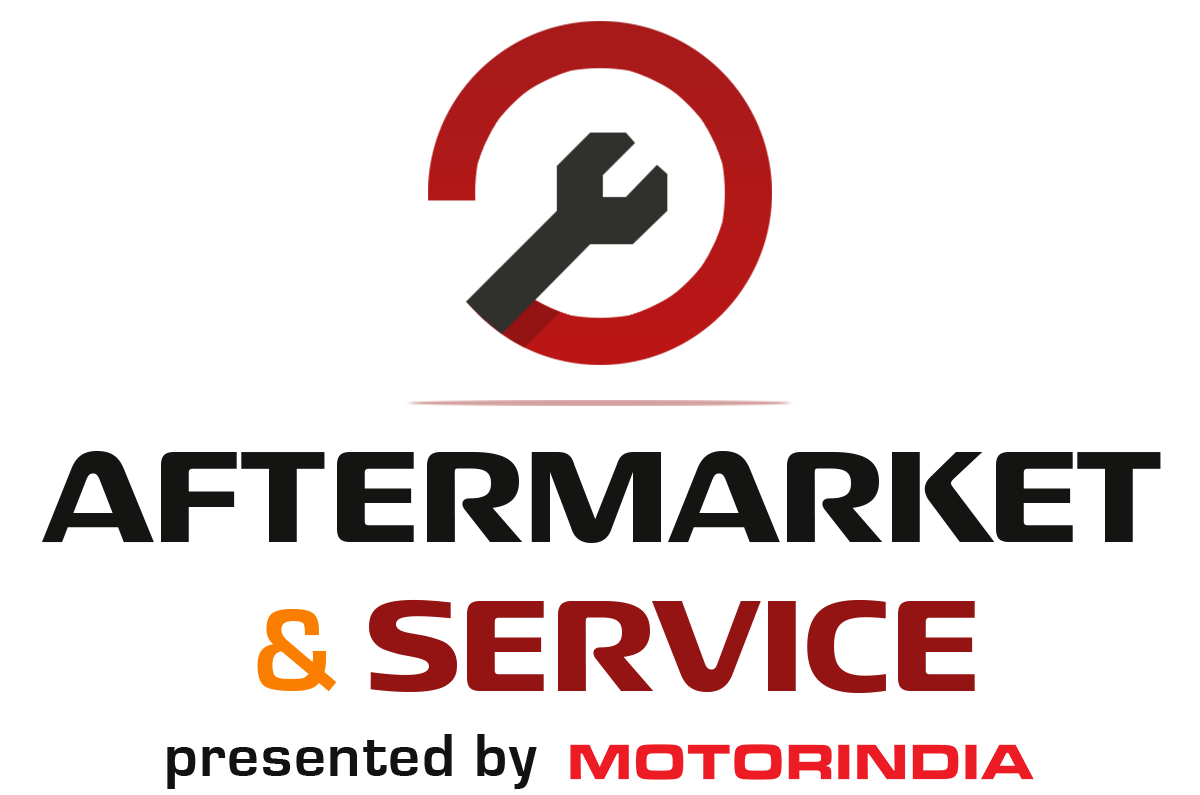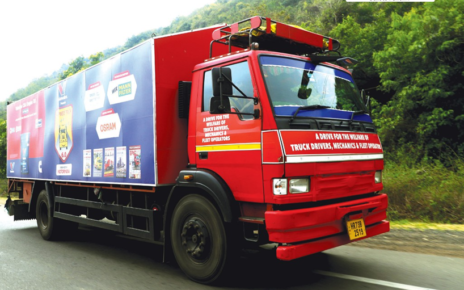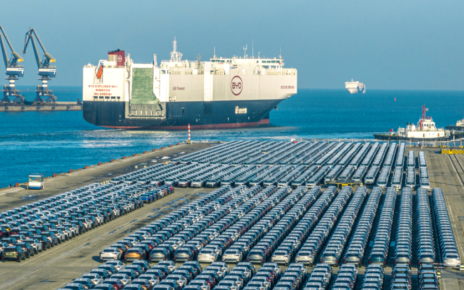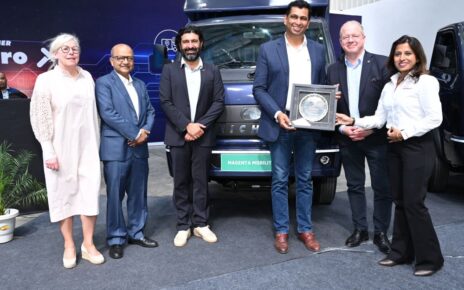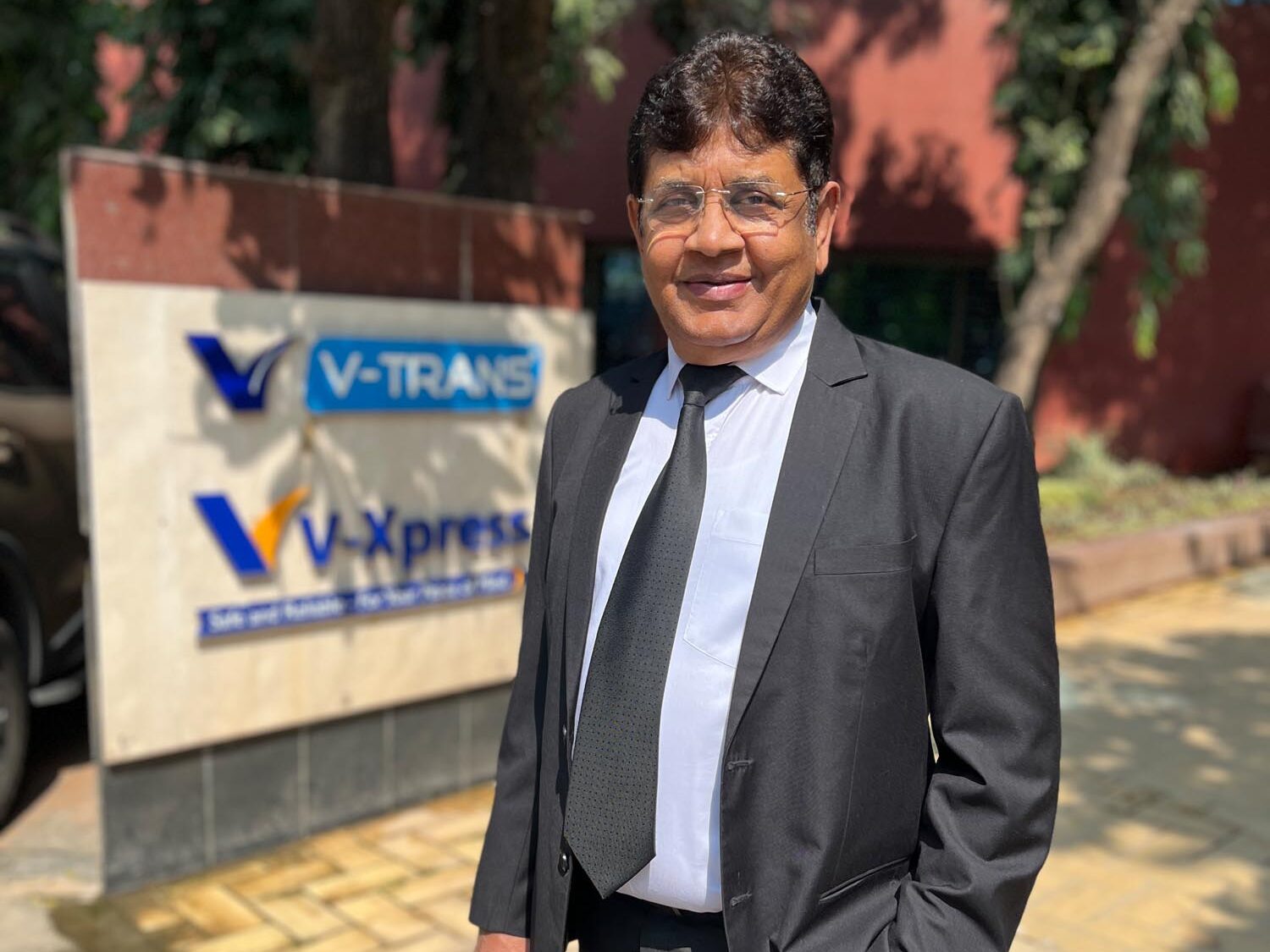
Rajesh Rajgor engaged in an insightful conversation with Mahendra Shah, Managing Director of V-Trans Group, to explore the transformative journey of India’s logistics sector, the critical role of technology, the evolving customer landscape, and how V-Trans is building a future-ready, sector-diverse logistics portfolio with a sharp focus on service excellence and sustainability.
India’s transportation and logistics sector is at a defining moment, navigating the twin forces of technological disruption and evolving market expectations. For Mahendra Shah, Managing Director of V-Trans Group, the story of logistics in India is not just about moving goods; it’s about moving forward. “Logistics is the invisible force that powers the economy. The way we adapt to changes defines our relevance and impact,” he says, reflecting on the sector’s journey from its early days to the complex, technology-driven ecosystem it is today.
Over the past few years, technology and policy have emerged as the twin engines propelling the industry’s transformation. From AI and IoT to real-time GPS tracking and automation, the digital backbone of logistics is growing stronger. “Technology has become the lifeline of modern logistics. It’s no longer optional; it’s essential,” Shah notes. With tools that offer real-time supply chain visibility, logistics firms can manage operations with precision and agility. In today’s fast-paced, on-demand world, this capability isn’t a luxury; it’s a competitive necessity.
Policies, Disruptions, and a Customer-Driven Market
Government policies have played an equally vital role. The National Logistics Policy, Gati Shakti, Bharatmala, and Sagarmala projects, combined with a record INR 10 trillion infrastructure investment for 2023-24, have redefined India’s freight landscape. “The government’s focus on building infrastructure is a game changer for us. Faster roads, better ports, and a connected rail network reduce our costs and improve service delivery,” he explains. These initiatives have unlocked new efficiencies, enabling logistics providers to deliver faster, more reliably, and at lower costs; crucial in a sector where margins are tight and competition is intense.

The market itself has undergone a fundamental shift. Valued at USD 237.8 billion in 2024 and projected to grow to USD 435.3 billion by 2030, India’s logistics sector is riding a wave of demand, largely driven by the e-commerce boom. The B2C segment is growing at breakneck speed, while B2B logistics; serving industries like chemicals, automotive, and engineering; remains the sector’s backbone. “It’s not just about moving goods anymore; it’s about delivering on customer expectations; speed, reliability, and transparency,” Shah says. The rise of third-party and fourth-party logistics providers is another sign of the industry’s professionalization, as integrated solutions become the norm rather than the exception.
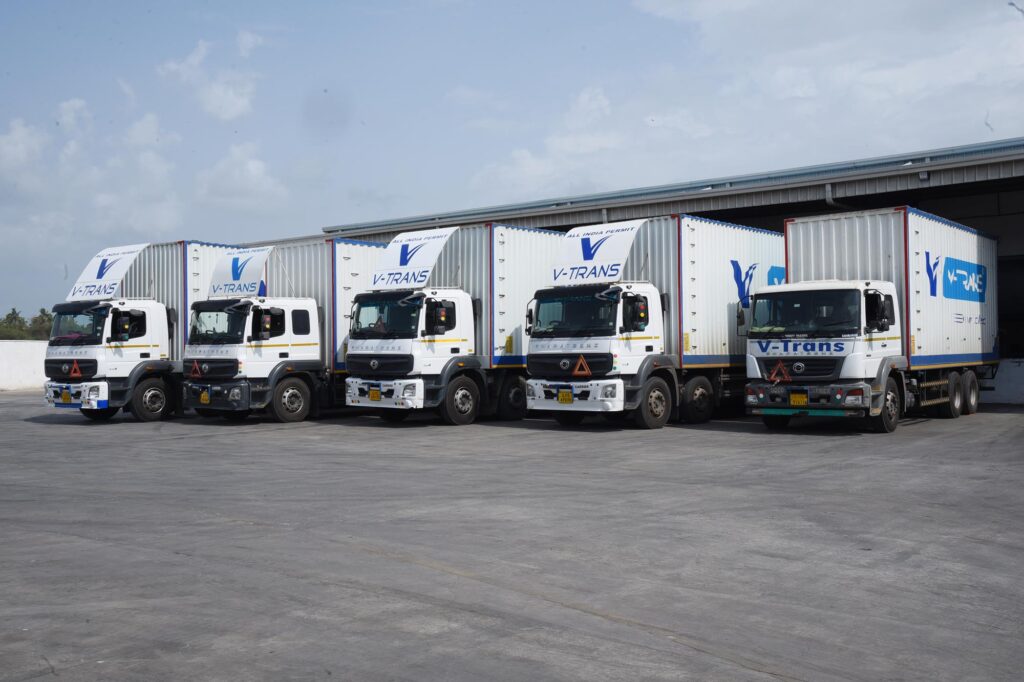
Yet, growth brings its own set of challenges. “The market has shifted dramatically from a seller’s market to a buyer’s market. Today, the customer is in control, with multiple options and the power to negotiate,” Shah reflects. From the 1960s to the 1980s, transporters like V-Trans could command prices, but those days are long gone. Customers now expect not just low prices but also assured service quality, timely deliveries, and end-to-end transparency. “Delivering intact, on-time shipments is the new baseline; that’s how we differentiate ourselves,” he emphasizes.
Turning Challenges into Opportunities: V-Trans’ Resilient Journey
The industry has also been tested by external shocks; demonetization in 2016, GST implementation, transport strikes, and the COVID-19 pandemic. These events have forced logistics companies to pivot and adapt. “Disruptions are inevitable. What defines you is how you respond,” Shah says. For V-Trans, these challenges became opportunities to rethink strategy. The company’s “V Trans 2.0” approach, anchored in the principle of “Give Quality, Get Quality (GQ2),” emphasizes delivering consistent service excellence as a differentiator, even when rate pressures are high.
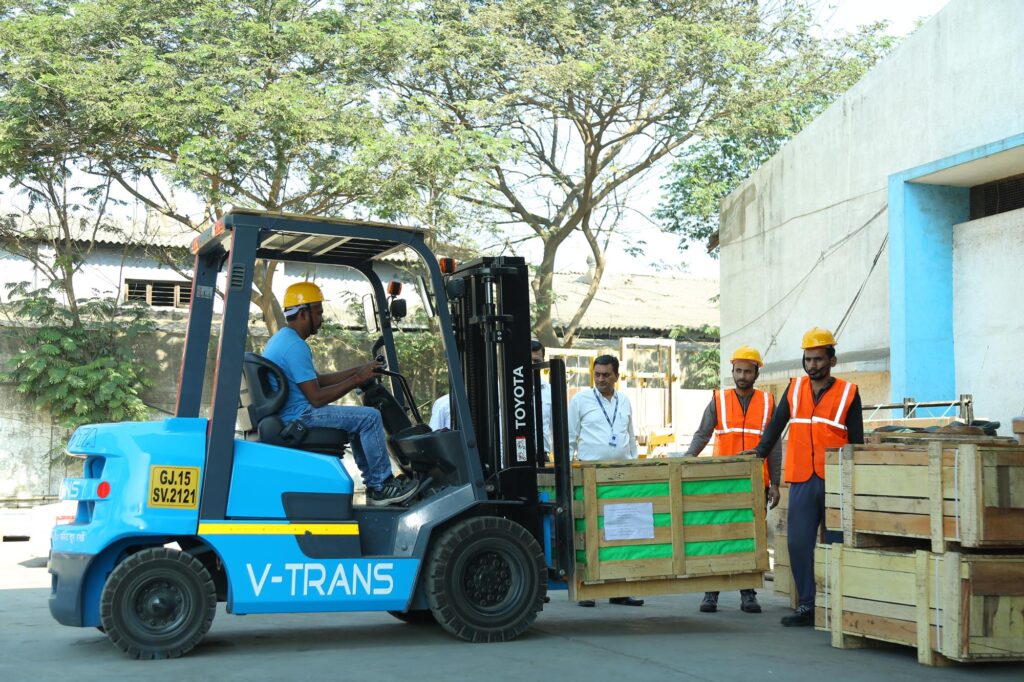
V-Trans India’s evolution is a case study in resilience and foresight. Founded as Vijay Transport, a regional player focused on Maharashtra and Gujarat, the company rebranded to V-Trans India in 2001 and expanded into a pan-India logistics powerhouse. Today, it operates a fleet of over 2,500 vehicles; comprising both company-owned and market-attached units; and maintains deep partnerships with OEMs like Tata Motors, Ashok Leyland, Mahindra, and Bharat Benz. Their business is segmented into three verticals: V-Trans (PTL and FTL), V-Xpress (express cargo), and V-Logis (warehousing and 3PL solutions), creating an integrated ecosystem for clients. “Our strength lies in being a one-stop logistics partner. We give our customers a seamless experience across their supply chain needs,” he explains.
A Future-Ready Logistics Ecosystem with Technology at Its Core
The company’s pan-India network of 1,500+ branches and 60+ hubs span key sectors, including chemicals, automotive, engineering, publishing, FMCG, pharma, textiles, electronics, and e-commerce. Their operational backbone is a robust digital stack; GPS-enabled fleet tracking, an AI-powered ERP called Vijayant, real-time TMS visibility, digital documentation, and API integrations. “Technology helps us stay agile and deliver precision. Our investments in digital tools are aligned with our commitment to efficiency and customer satisfaction,” he highlights.
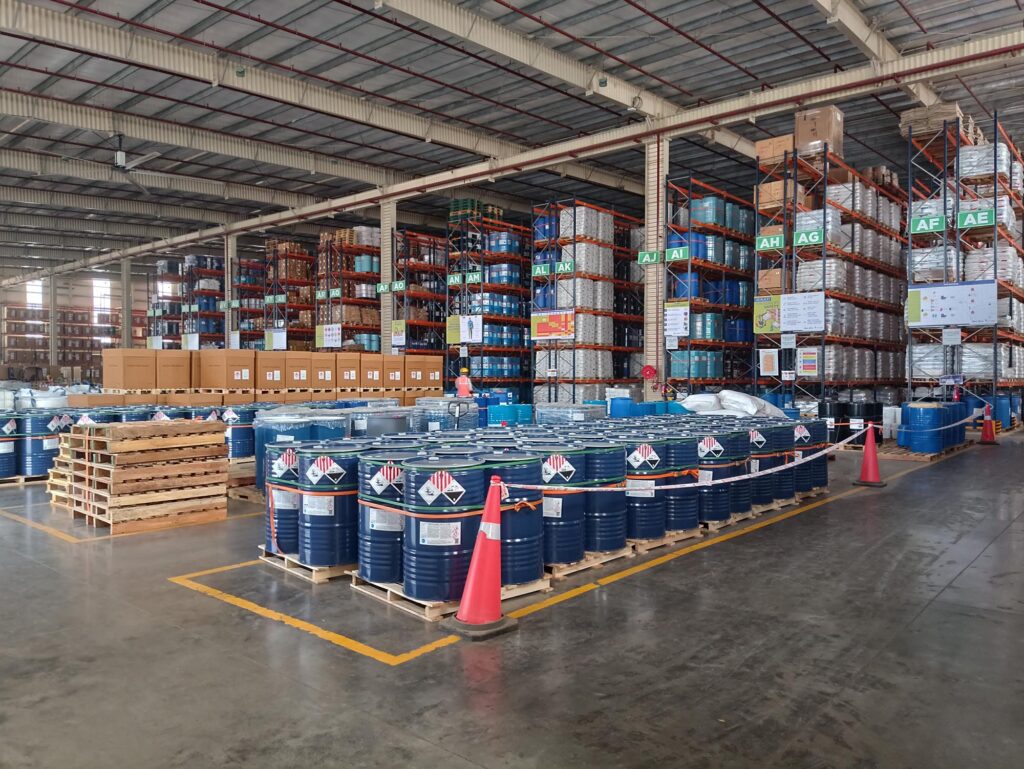
Geographically, V-Trans sees the highest growth in the North and East regions, thanks to lower base effects and recent industrial expansion, while their stronghold in the West continues to provide a solid foundation. Sector-wise, chemicals; especially paints and lubricants; lead growth, followed by engineering goods, textiles, e-commerce, and pharma. V-Trans is also making inroads into emerging sectors like EVs, green energy, semiconductors, and government and defense-led logistics. “We are building a future-ready, sector-diverse logistics portfolio. Our focus on emerging markets and sectors is a strategic bet on long-term growth,” Shah says.
Sustainability is another core focus area. The company is investing in EVs, CNG vehicles, solar-powered hubs, afforestation projects, and efficient load and route planning to reduce carbon emissions. “Logistics must become greener. It’s our responsibility to innovate for sustainability,” he emphasizes.
The Road Ahead
At the heart of V-Trans’ strategy is an unwavering commitment to service excellence. Shah believes this is the single most critical factor for long-term success. “Service excellence is not just a goal; it’s our core product. We win on quality, reliability, and the trust we build with our customers,” he says. The company’s five-point management strategy; service excellence, operational cost optimization, overhead control, technology adoption, and qualitative, robust growth; has powered its 15-20% CAGR growth over the past 15-16 years.
Looking ahead, Shah remains optimistic yet grounded. “The transportation sector is dynamic; challenges will come, but so will opportunities. We must stay adaptable, invest in the right areas, and always put the customer first,” he concludes.
In an industry shaped by rapid change, V-Trans’ journey is a testament to the power of vision, adaptability, and an unyielding focus on quality. As India’s logistics sector continues its upward trajectory, companies like V-Trans are not just moving goods; they’re moving the nation forward.
